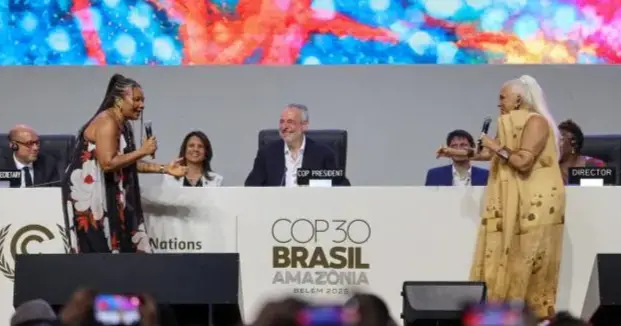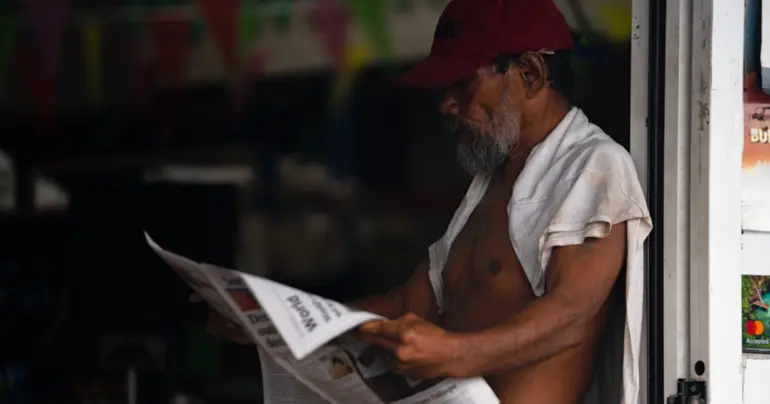Ta'i's Take. The early days of journalism in Samoa
“Jaws is scary because of what you don’t see, not because of what you do. We need to bring the audience back into partnership with storytelling.” —Unknown.
The unknown commentator was talking about the movie, not about JAWS, the Journalists' Association of Western Samoa, though this is about both as they are celebrating their fiftieth anniversaries this year. Unlike the movie, the Samoan JAWS was trying to be scary because of what it did and what it was seen to be doing.
Things were well settled down between the government and the press since the flux of the first change of government in 1970 under the reserved Tupua Tamasese Dr Lealofi IV, before power reverted to Fiame Mataafa Faumuina Mulinu'u II, our first prime minister. Tragically, his new term was cut short when he died suddenly in 1975.
We formed JAWS in 1974, shortly after the movie came out, and it is obvious that we were trying to hitch a ride on the movie's popularity and, hopefully, gain some recognition from the officials. It was an exciting time in journalism. I had replaced Peter Creevy when he resigned as editor of The Times, making him the last palagi in the independent press. The government, later, under PM Tupuola Efi, brought its own palagi, Michael Fields, to its secretariat.
It was before the Samoa Observer era, and the main players were the Times, Leota Pita Alailima's The South Sea Star and lawyer Herbert Clarke's scandal-exposing Apia Weekly. No television yet, and Radio 2AP ruled the airwaves since 1948.
Two years before, in 1972, we had founded PINA, the Pacific Islands News Association, in Suva, and elected Leota as its first president. A short time later, we registered PINA in Apia as the first international organisation to be registered under Samoan law, with the help of the late Robert Barlow, who also assisted with the drafting of our constitution pro bono, as we had no money.
The government's Savali had sailed along unperturbed since the days of Auali'i Kalati Mose, who had basic training in reporting at the East-West Centre in Hawaii. I had accompanied Aualii on that trip to Honolulu to attend that course.
That was the start of American assistance to the development of the journalistic skills of JAWS and PINA. More courses were conducted by Professor Jim Richstad from the University of Hawaii.
Problems remain as more and more of the reporting is done in English, but the interviews are in Samoan, so the written reports are actually translations, not verbatim. Another major problem is fake news now sitting in fake chairs. Whatever next.
On the financial side, South Pacific journalism owes a great deal to the German foundation Zeitung Stiftung, which funded a number of courses and paid fares to annual meetings of PINA held in different islands from the Rock of Niue to Solomon Islands, Vanuatu and Papua New Guinea.
PINA has since been appropriated by Fiji, since PACMAS (Pacific Media Assistance Scheme) teamed up with the Samoa Observer and others.
Manuia le i'uvaiaso ma le vaiaso fou.











